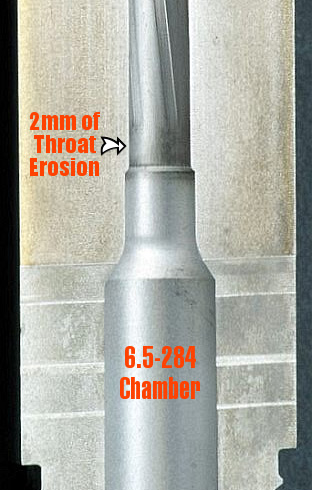Ok. So finally I have been able to get everything I need to get started reloading. I have what I need to find my cartridge overall length, my measurement to the lands of my rifle, etc. I searched for an answer to my question but did not find what I was looking for unless I was looking in the wrong place. My question is: What is a safe measurement away from the lands of my rifle is a safe place to start. I do not want to start jammed into the lands because I know that it will create a lot of pressure from what I have read. Thanks for the advice.
Bwhntr53
Bwhntr53


